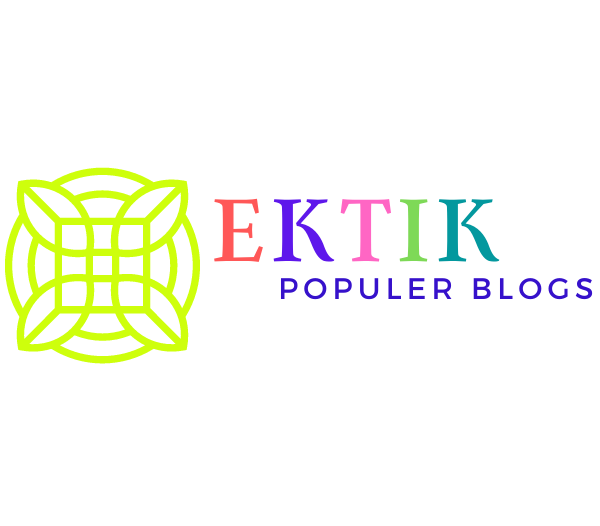In today’s rapidly evolving business landscape, Human Resources (HR) has undergone a significant transformation from its traditional administrative role to a strategic partner in organizations. HR Metrics and Analytics have emerged as powerful tools that enable HR professionals to make data-driven decisions, optimize workforce performance, and align HR strategies with overall business objectives. This article explores the importance of HR Metrics and Analytics, their application in various HR functions, and the benefits they bring to organizations.
Understanding HR Metrics and Analytics
HR Metrics refer to quantitative measurements that provide insights into various aspects of an organization’s workforce. These measurements can encompass a wide range of data, including employee turnover rates, recruitment costs, training effectiveness, and employee engagement levels. HR Analytics, on the other hand, involves the use of statistical and data analysis techniques to extract meaningful patterns, trends, and insights from HR Metrics data.
The Shift Towards Data-Driven HR
Traditionally, HR decisions were often based on intuition and anecdotal evidence. However, as organizations recognize the importance of their workforce in achieving strategic goals, they have increasingly turned to data-driven approaches. HR Metrics and Analytics play a pivotal role in this transition by enabling HR professionals to:
- Improve Hiring Processes: Metrics such as time-to-fill, cost-per-hire, and quality-of-hire help organizations refine their recruitment strategies, ensuring they attract and retain top talent.
- Enhance Employee Engagement: Through surveys and feedback analysis, HR Analytics can identify factors contributing to low employee engagement and provide insights into how to improve it.
- Reduce Turnover: Predictive analytics can identify flight-risk employees, allowing organizations to take proactive measures to retain valuable talent.
- Optimize Training and Development: By analyzing training effectiveness and skill gaps, HR can tailor development programs to meet specific organizational needs.
- Align HR with Business Goals: Metrics and Analytics enable HR to demonstrate its impact on the bottom line, helping HR leaders gain a seat at the strategic planning table.
Key HR Metrics and Their Applications with INS Global
- Employee Turnover Rate: This metric measures the percentage of employees who leave the organization within a specific period. High turnover rates can indicate issues with retention and organizational culture.
- Cost-Per-Hire: Calculating the cost incurred to hire a new employee can help organizations streamline their recruitment processes and reduce expenses.
- Time-to-Fill: This metric evaluates the time it takes to fill a job vacancy. Reducing this time can enhance workforce productivity.
- Employee Engagement Score: Surveys and feedback data are used to calculate this score, which provides insights into employee satisfaction and commitment.
- Performance Metrics: Key performance indicators (KPIs) and metrics related to employee productivity, sales, and customer satisfaction can help HR align workforce performance with business goals.
Benefits of HR Metrics and Analytics by INS Global Consulting
Implementing HR Metrics and Analytics offers numerous advantages:
- Informed Decision-Making: HR professionals can make data-driven decisions that lead to more effective workforce management and improved organizational performance.
- Resource Optimization: By identifying areas where resources are best allocated, organizations can reduce costs and enhance efficiency.
- Strategic Alignment: HR Metrics and Analytics facilitate the alignment of HR strategies with broader business objectives, ensuring HR’s role in achieving company goals.
- Proactive Problem Solving: Predictive analytics enables organizations to address issues before they escalate, such as employee turnover or talent shortages.
- Competitive Advantage: Organizations that harness HR Metrics and Analytics gain a competitive edge by effectively managing their most valuable asset – their workforce.
Challenges and Considerations
While HR Metrics and Analytics offer immense potential, they are not without challenges. Organizations must address issues related to data quality, privacy, and the development of data-driven cultures. Moreover, HR professionals need to acquire data analysis skills and invest in technology infrastructure to effectively leverage these tools.
Conclusion
In an era where data is abundant, HR Metrics and Analytics have emerged as indispensable tools for modern HR professionals. By collecting, analyzing, and interpreting data related to the workforce, organizations can optimize their HR strategies, improve decision-making, and drive business success. The shift towards data-driven HR is not merely a trend but a fundamental transformation that is shaping the future of work. Embracing HR Metrics and Analytics is essential for organizations that seek to remain competitive and agile in today’s dynamic business environment.






